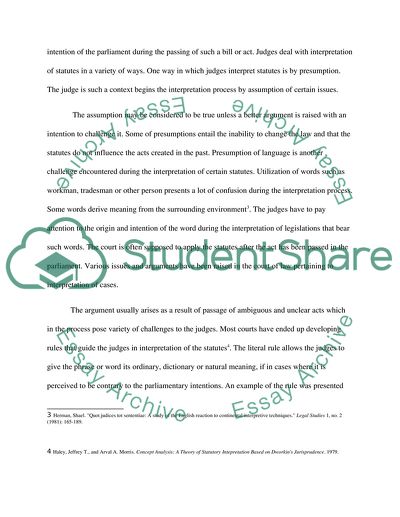Cite this document
(“Interpretation of Statutes Essay Example | Topics and Well Written Essays - 2000 words”, n.d.)
Interpretation of Statutes Essay Example | Topics and Well Written Essays - 2000 words. Retrieved from https://studentshare.org/law/1673114-interpretation-of-statutes
Interpretation of Statutes Essay Example | Topics and Well Written Essays - 2000 words. Retrieved from https://studentshare.org/law/1673114-interpretation-of-statutes
(Interpretation of Statutes Essay Example | Topics and Well Written Essays - 2000 Words)
Interpretation of Statutes Essay Example | Topics and Well Written Essays - 2000 Words. https://studentshare.org/law/1673114-interpretation-of-statutes.
Interpretation of Statutes Essay Example | Topics and Well Written Essays - 2000 Words. https://studentshare.org/law/1673114-interpretation-of-statutes.
“Interpretation of Statutes Essay Example | Topics and Well Written Essays - 2000 Words”, n.d. https://studentshare.org/law/1673114-interpretation-of-statutes.


